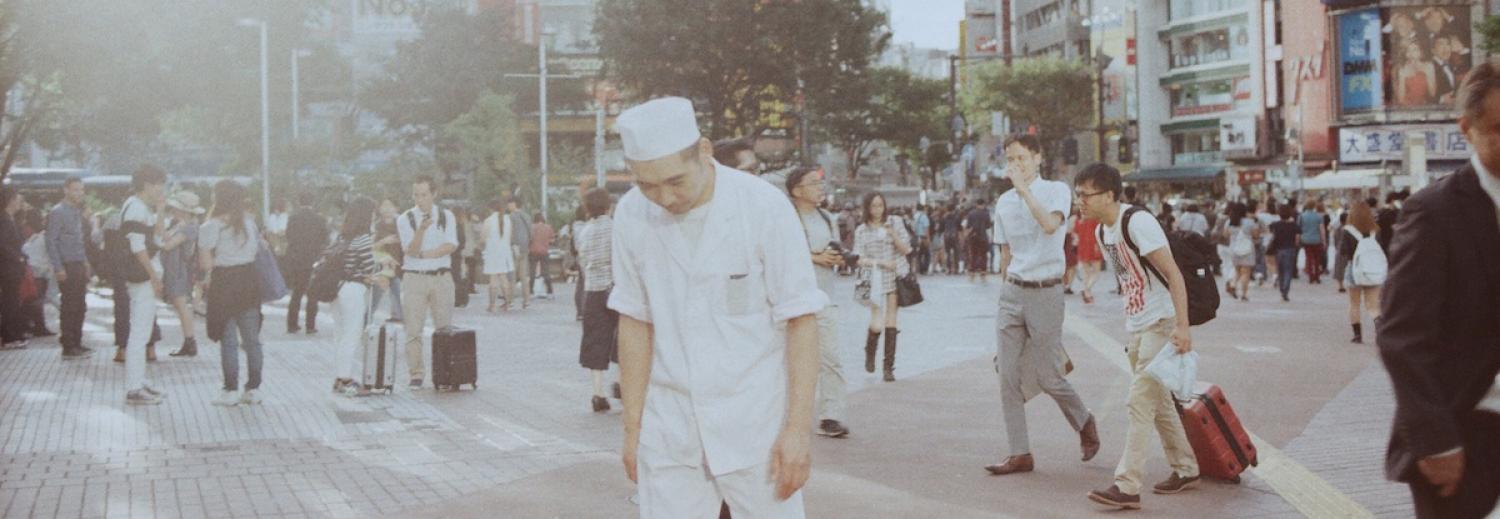Japan is widely considered one of the most monocultural and insulated countries in the world. This is reflected in the contradictions in its immigration policy.
Japan is not an easy place to move to: it does not even have an immigration department that specialises in visa and border control issues. And unlike Australia, Japan does not have a point-based skilled independent immigration scheme.
Japan also has a reputation of being miserly towards those who seek humanitarian shelter. According to Japan’s Ministry of Justice, the “success” rate for applications is less than 0.2%, with Japan accepting 20 refugees in 2017 from 11,361 individual cases.
The story is different for those with means. Through establishing and running a business in Japan, the wealthy are able to relocate to Japan and stay indefinitely.
Unfortunately, many who arrive in Japan with the hope to achieve the ‘Japanese dream’, are unaware of potential pitfalls: the legal system, workers’ rights, and tough working conditions.
And between these two extremes, Tokyo has created visas desired to fill shortages in manual labour. The first wave begun in 1990, when the Japanese diaspora became eligible to apply for residential status enabling them to work in Japan indefinitely. This saw a significant migration to Japan from South America, the reverse path of the exodus of their ancestors from Japan.
The Technical Intern Training Program was introduced in 1993 for foreign nationals, mostly from China and Southeast Asia to gain skills – but the internship visa was largely used to provide cheap labour. These two systems have been welcomed by many business owners, who capitalise on the availability of cheap foreign labour.
In recent years, would-be migrants have used another route: Japanese language schools. These schools have been exploited as stepping stones to obtain a long-term Japanese visa. Unfortunately, many who arrive in Japan with the hope to achieve the “Japanese dream”, are unaware of potential pitfalls: the Japanese legal system, workers’ rights, and the tough working conditions.
A lack of communication skills and Japan’s tough working expectations can be a fatal combination. Many foreign workers are injured or even die, including by suicide. The Asahi Shimbun newspaper reported that the Nisshinkutsu Vietnamese Temple in Tokyo keeps 81 spirit tablets for Vietnamese people who have died since 2012. In July this year alone, four young Vietnamese passed away – one of whom hanged himself due to workplace bullying and isolation.
The children of workers also face difficulties. An estimated 40,000 children require Japanese language assistance at school – an increase of 60% over the last 10 years. No national educational program or guideline for foreign children exists. Some non-Japanese children have been asked not to attend school until after they had developed adequate language skills at home – without government support.
Japan claims that it is a country for the Japanese – it is, by and large, monolingual and monocultural. But immigration is a big factor for the Japanese economy.
OECD data shows that Japan had the fourth largest intake of immigrants among developed countries in 2016. While Germany, the United States, and the United Kingdom received around 1.7 million, 1.2 million, and 450,000 new immigrants respectively, nearly 430,000 people migrated to Japan. This is almost double the Australian intake, which received around 220,000 immigrants in the same year.
Although the government has yet to take significant steps to facilitate integration of migrants, Japanese people recognise the importance of immigrants who help to sustain the economy and population.
The Mainichi Shimbun newspaper’s opinion poll reveals that 47% of Japanese are in favour of accepting more foreigners in areas facing a labour shortage (with 32% against). Among those who supported the foreign workers, 63% supported their indefinite stay. Mainichi argued that the findings “suggest that the government must provide careful and detailed explanations of bills related to foreign labourers”.
During my last visit to Tokyo in July this year, I noticed an increase in non-Japanese workers within the retail and hospitality sectors. In restaurants I request vegetarian food. I have never previously had an issue communicating this in Japan (although sometimes they said no to a vegetarian option), but this year, on a few occasions, the staff did not understand my requests in Japanese. These were not restaurants or cafes serving foreign fare, but convenience stores and udon noodle bars – yet, there were no Japanese workers present.
At the Diet session this month, a submission of bills on foreign workers is expected. It seems that Japan is beginning to realise that it has immigrants just like other developed countries. It was announced on Wednesday that Japan is planning to abolish the pay gap between the Japanese workers and foreign trainees by reviewing poor work conditions of cheap foreign labour. Japan is also intending to accept more skilled workers, not just manual labourers, to tackle a shortage of workers. The time has come for Japan to establish an official portfolio and a government department dedicated to immigration issues.

